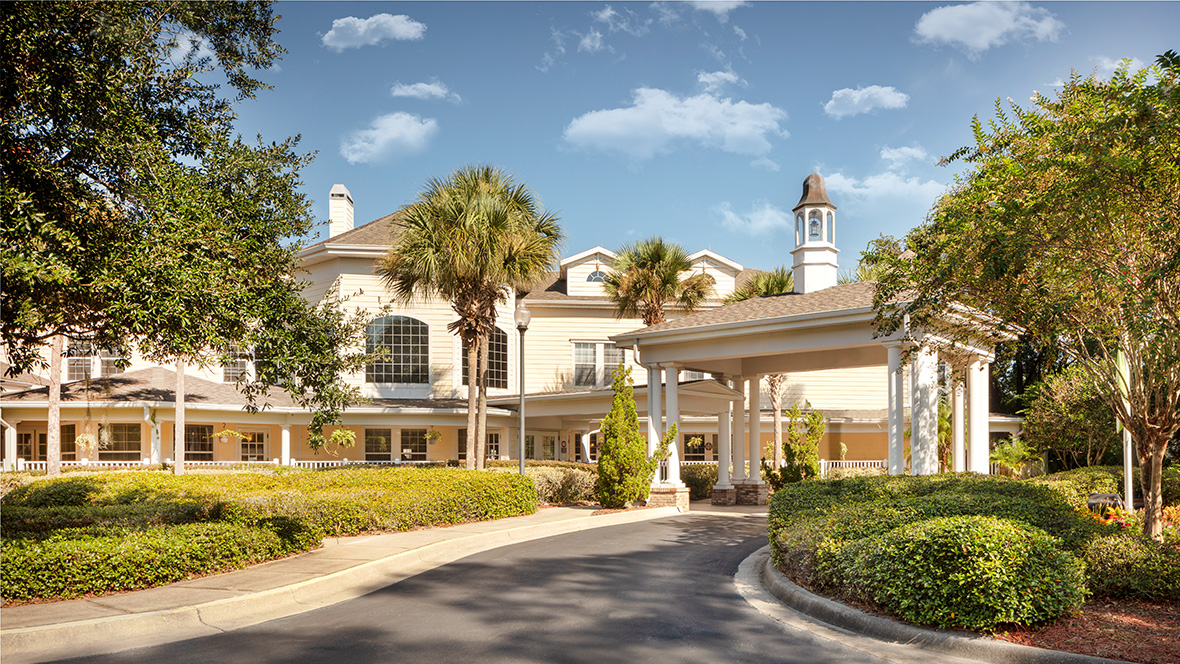How to increase senior living community move-ins isn’t as difficult as you might think.
If you manage a sales team for a senior living community, then you probably are waking up every day with a challenging set of goals:
- Maximize the number of move-ins (keep occupancy high)
- Give as few discounts as possible
- Concentrate the team’s efforts on prospective residents who will stay the longest
These are the two key ratios you need to optimize:
- Inquiry-to-visit
- Visit-to-move-in
While a strong digital marketing program will help pull senior living community leads in on the front end, once your sales team is in front of a prospect, the ball is in your corner. Sales ability and interpersonal skills will be a big part of what happens next.

And, all too often, what happens next is forward progress that becomes stalled due to a number of issues faced by your prospects, most of them emotional. If you are struggling with your inquiry-to-visit and visit-to-move-in ratios, it’s time to take a deeper dive into how you handle them.
Re-examining your senior living sales counselors’ approach to selling to increase move-ins.
Much of the problem lies in the fact that many senior living community sales teams continue to use a transactional approach to selling. In other words, you give us your money, we give you a room/apartment and a good experience. This approach commoditizes what is in reality a complex, emotional sale. Now it may work in the case of highly motivated prospects. But are they your best prospects? Will they stay the longest?
The key to improving both ratios is to develop an authentic, person-centered relationship with prospects. That means moving away from transaction-selling towards a solutions approach, in which you partner with your prospect towards a mutual goal.
Identifying the obstacles to senior living community move-ins.
Here’s an example. One of the biggest obstacles for prospective senior living residents is having to sell their homes to afford the transition. This can represent as many as 50% of your prospects, who quickly become immobilized by the prospect of cleaning up a house full of fifty years of memorabilia.
Your current plan of action may be to connect the prospect with a realtor. That’s fine, but just know that it will dramatically slow down the move-in. Realtors can’t buy houses. But what they can do is make lists of all the things your prospect and his/her family must do to ready the house for sale. That creates a myriad of additional obstacles, which take time and create anxiety.
Look for ways to remove occupancy obstacles altogether.
One way to remove senior living community occupancy obstacles is by partnering with someone, like Mom’s House, with senior transition specialists who can actually purchase that home from the prospective resident and family.
Interestingly, we’ve found that when you present this solution up front with a prospect, both inquiry-to-visit and visit-to-move-in ratios get stronger. Why is that?
When a prospect knows that the hurdle of selling the home will be easier, they are more likely to schedule a visit more quickly. That improves your inquiry-to-visit ratio. And, as they realize how quickly and easily they can transition, the visit-to-move-in ratio becomes stronger as well.
Removing key obstacles increases quality move-ins.
Today’s successful senior living sales teams are those who understand that providing solutions, not transactions, for prospective residents is what increases quality move-ins.
Partnering with prospects to remove key obstacles, such as the need to sell a home, is a big part of that. Let us know how Mom’s House can help!

